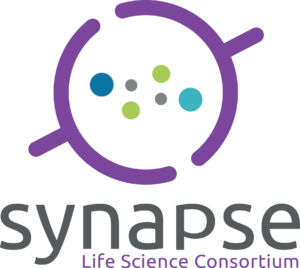Feb-2021
Pandemic sparks increased demand for building biotech research labs
The continued pandemic has been spurring unprecedented investments. To address Canada’s lack of vaccine production facilities, the federal government is financing construction of the $126-million Biologics Manufacturing Centre adjacent to the National Research Council’s Biotechnology Research Institute on Royalmount Avenue in Montreal. Scheduled for completion in July, it aims to be operational by the fall with a production capacity of approximately two million doses of a vaccine a month, a government release claims.
However, big gaps continue to exist in Canada, particularly for biotech startups ready to scale up from research to development, analysts say.
For the past decade or so, there has been a significant growth of life science incubator spaces in Calgary, Montreal, Ottawa and Toronto, says Ty Shattuck, chief executive officer of the McMaster Innovation Park in Hamilton. “But when companies need to move from a startup of a dozen people in the lab to what we call the graduation phase, where they scale up to 100 or 200 staff, there’s almost nowhere in Canada to go – with Montreal [being] the small exception,” he says.
“It’s a problem for Canada as a nation because we put in all the heavy lifting in discovery and startup but just as these companies gain traction, they have to leave the country, often to the Boston or San Francisco areas,” which have substantial hubs of research facilities, Mr. Shattuck says.
Historically, research labs have been difficult to finance in Canada because they are not only up to three times more expensive to build than office or residential space, they’re also more specialized, Mr. Shattuck explains. “But now that COVID has taken the shine off condos and office towers, developers are at least kicking the tires of life sciences.”
The McMaster Innovation Park, a collaboration with McMaster University, is proof of the demand, as it is in the process of adding just more than two million square feet of new life sciences space on its campus to meet demand, which has doubled in the past year, Mr. Shattuck says. Half of it is devoted to graduation space for startups that are at the stage where they need extra space.
The research facility, an hour drive from Toronto, only partly solves the challenge in Canada’s largest city, where there are no new labs being developed in the downtown core, says Daniel Lacey, CBRE’s practice lead for life sciences in the Toronto region. The need is greatest in the area nicknamed Bedpan Alley, a stretch of University Avenue south of the University of Toronto that’s dominated by research hospitals and health services. Researchers who are connected with the institutions downtown could expand operations in the suburbs or Hamilton, but most prefer to have lab space close to their primary research location, he explains.
A constraint is that there are few sites available for new construction in Toronto’s core, and the infrastructure and conversions of existing buildings are challenging because standards for research labs are different from offices.
Read the full Globe and Mail article here
